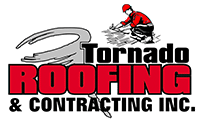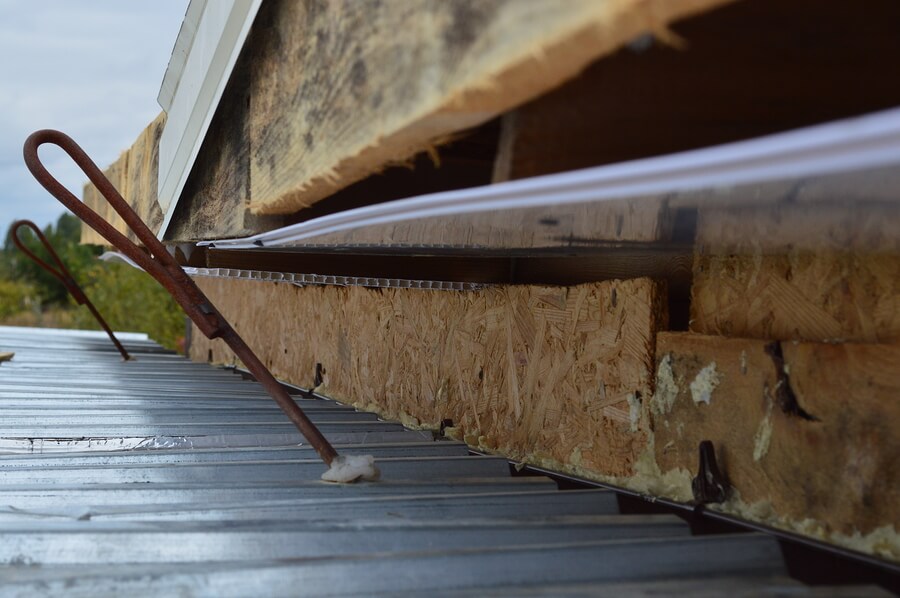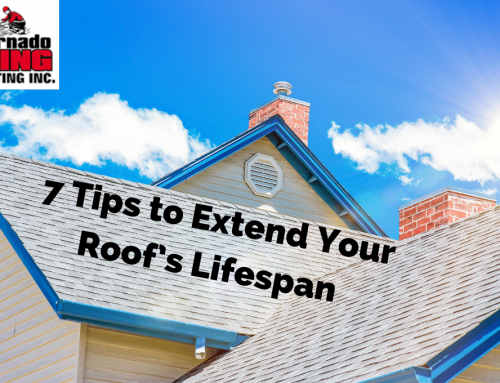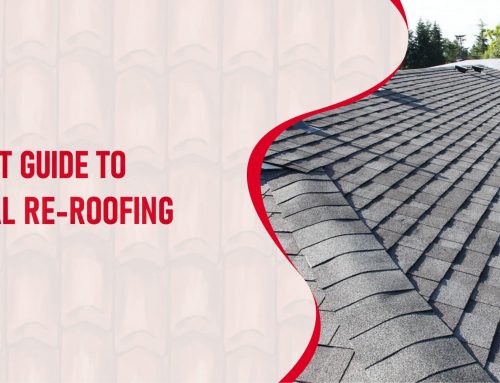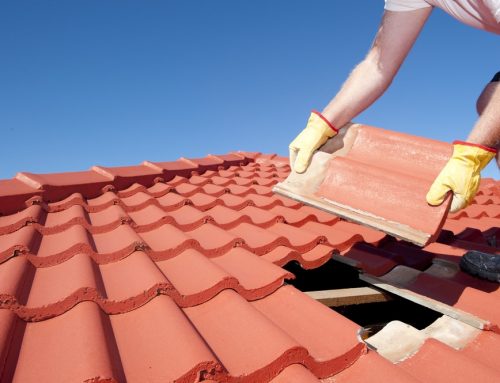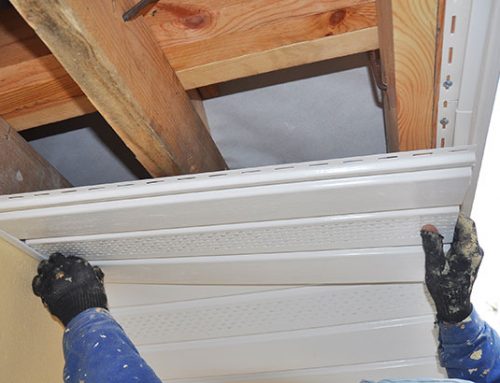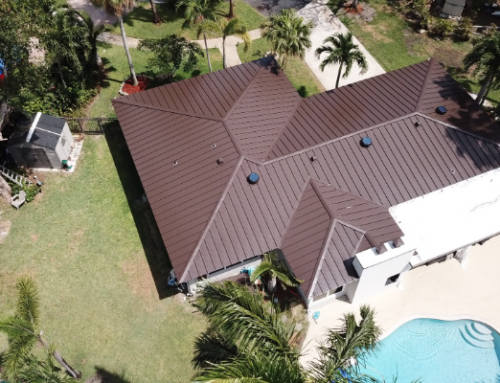Around the world, roofs come in all shapes and sizes. Roofs are not just wood and asphalt shingles. Rather, they are a multi-faceted and multi-layered system that protects your home or place of business from a number of dangers, such as infestations, severe weather, and extreme heat or cold. If you understand all the parts of your roof, it’ll be a lot easier to explain your problems or concerns with a roofing professional when you make the call for an inspection, fascia board repair, or a routine maintenance. So, what are soffits and fascia boards? Why are they important? Read on to find out more and see if repairing your fascia boards is a good idea.
What are Fascias?
Fascia boards are the very long, straight boards that line the lower edge of a roof. It’s the point where the board meets the edge of the pitch on the roofline. These boards are attached to the bottom ends of roof trusses and essentially protect the space between the roof and the outdoors. The issue with fascia boards is that they can be damaged quite easily if they are exposed to flying debris such as a tree limb or hail. They are also prone to wood rot if the gutters are not functioning properly.
Fascias have a lot of work to do. They can support a lower edge of the bottom row of roofing tiles, and they also have the task of carrying all the guttering. Fascias must be built well because they help stabilize and direct gutters. You can imagine how much force these boards have to withstand during the severity of a storm! Fascia boards need to be strong because they must be able to withstand many pounds of force and several gallons of water per second.
While fascias are found in all modern home designs, older homes from the Victorian or Colonial eras will instead have a more ornate roof overhang. Back in the day, the belief was that a large enough roof overhang would prevent rain from getting back into the house. This was proven wrong time and time again, which is why fascia boards and soffits were invented.
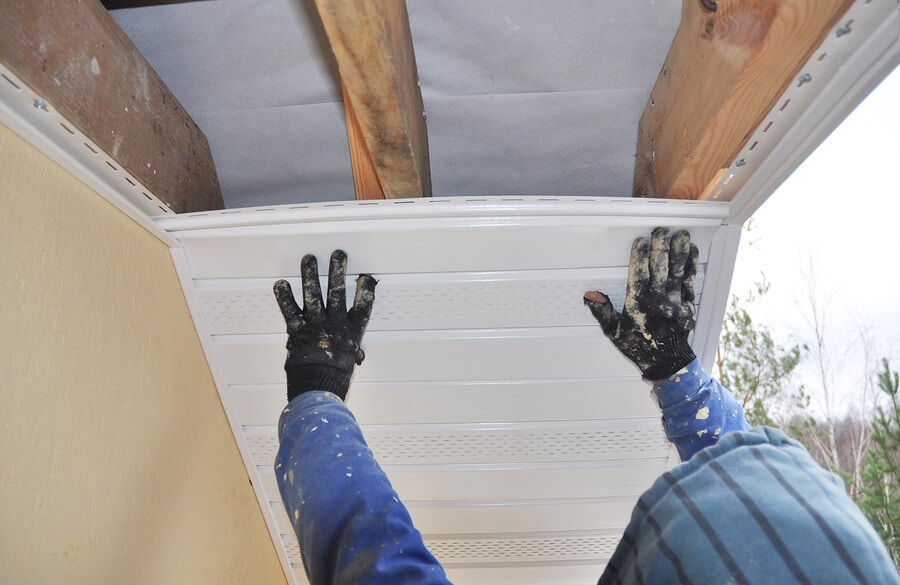
The issue with damaged or rotted fascia boards is that it can be difficult to tell if the wood underneath is rotted unless you remove the guttering. A rotted fascia board will not be able to support a gutter that is weighed down by heavy rains or compacted snow. If enough snow accumulates, it could cause a critical failure in the fascia boards, which would end up causing a lot of damage.
Fascia boards are also very visible, which is why you always want them to be in tip-top condition. Attractive and stable fascia boards will add a large amount of curb appeal while also protecting your home from the outside elements.
Aluminum fascia is the aluminum board that runs over the subfascia (the wood). This will help make the home exterior look great while also protecting your home and the underside of your roof. To sum up, here are just a few of the reasons why having properly installed fascia boards is important for your roof:
- No fascia boards and open rafters allow critters and insects easy access into your home
- An open rafter screwed into the end grain is not nearly as strong as a rafter being screwed into the perpendicular end of a horizontally running fascia board
- Gutters (and the weight of running water or snow) are supported by the fascia boards. Weak fascia boards could spell disaster for your gutters
- Fascia provides the opportunity for a soffit to close off the attic space
What Are Soffit Boards?
Soffit boards, or a soffit, is the layer of aluminum, vinyl, or wood panelling that secures the space between the top piece of the wall board to the bottom of the fascia board. Soffit boards are crucial because they allow a healthy amount of air circulation in your attic. It’s just one of the many roof ventilation systems that go towards equalizing the interior temperature of your home.
A steady airflow needs to be achieved in a roof to maintain temperature and minimize water damage, and the sofft is one of the most important aspects of this ventilation. Not only will soffit allow cool air to come in, it will also warm air to escape.
Since soffits are vented, it’ll keep the home cooler during the warmer months and prevent a buildup of ice during the winter months. Soffits will also prevent water from accumulating underneath the roof overhang.
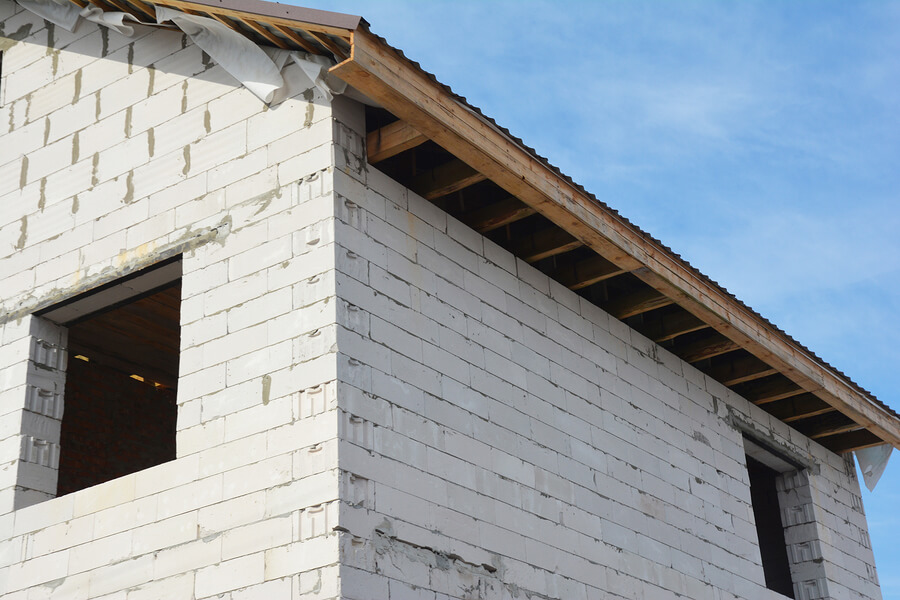
Tips For Soffits and Fascia
There are a number of things that you can do to make sure your fascia and soffits are working properly. As always, we recommend that you get a professional opinion on every part of your roof at least once a year with a professional roofing inspection.
Soffits are a prime space for hornet, wasp, or bee nests. Periodically check for miniature nest formations and use insect killer to take care of the issue. If you’re not comfortable with tackling this on your own, definitely call an exterminator to have the problem taken care of before it grows any larger.
If you find mold or mildew running along your soffits, use a broom or a soft brush doused with bleach and water to mop up the mess. After that, you should schedule a call with a roofing professional to check the underside of your roof for possible water damage and weak points.
We say this a lot, but preventative maintenance is the name of the game when it comes to roofs. Being preemptive about your roofing issues and repairs costs next to nothing when you compare it to a large water-damage repair bill.
Always make sure your gutters are free of any contaminants and debris. Lots of leaves, dirt, or other debris may find its way into the gutters over time. If you neglect to clean your gutters, the water may start to back up. And when that happens, the first place it tends to go is the fascia boards.
When you schedule a routine roofing inspection, make sure to let the roofing professional know that you want a thorough inspection of the flashing around the soffits and fascia boards, as well as the gutters. There are correct and incorrect ways to install fascia and soffit, so make sure that the roof inspector lets you know that your roof is properly waterproofed.
